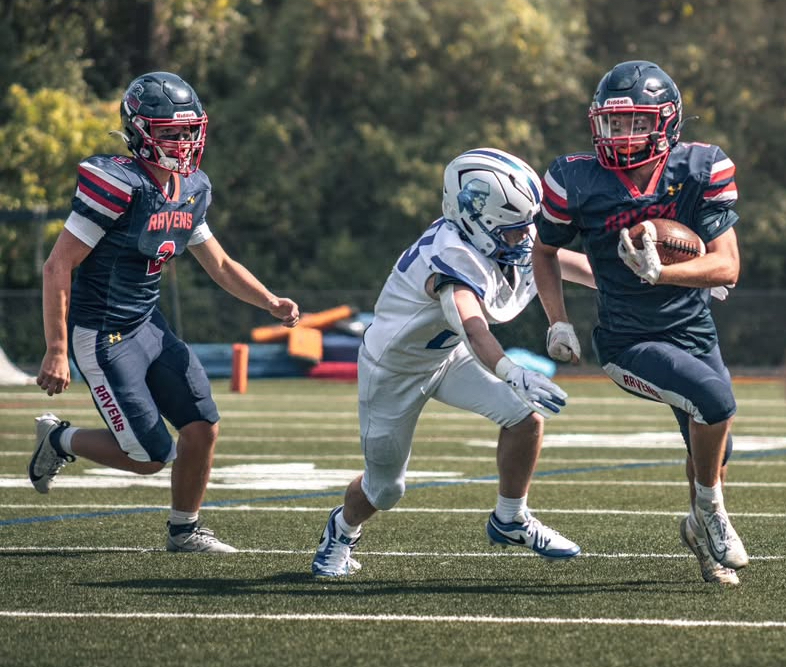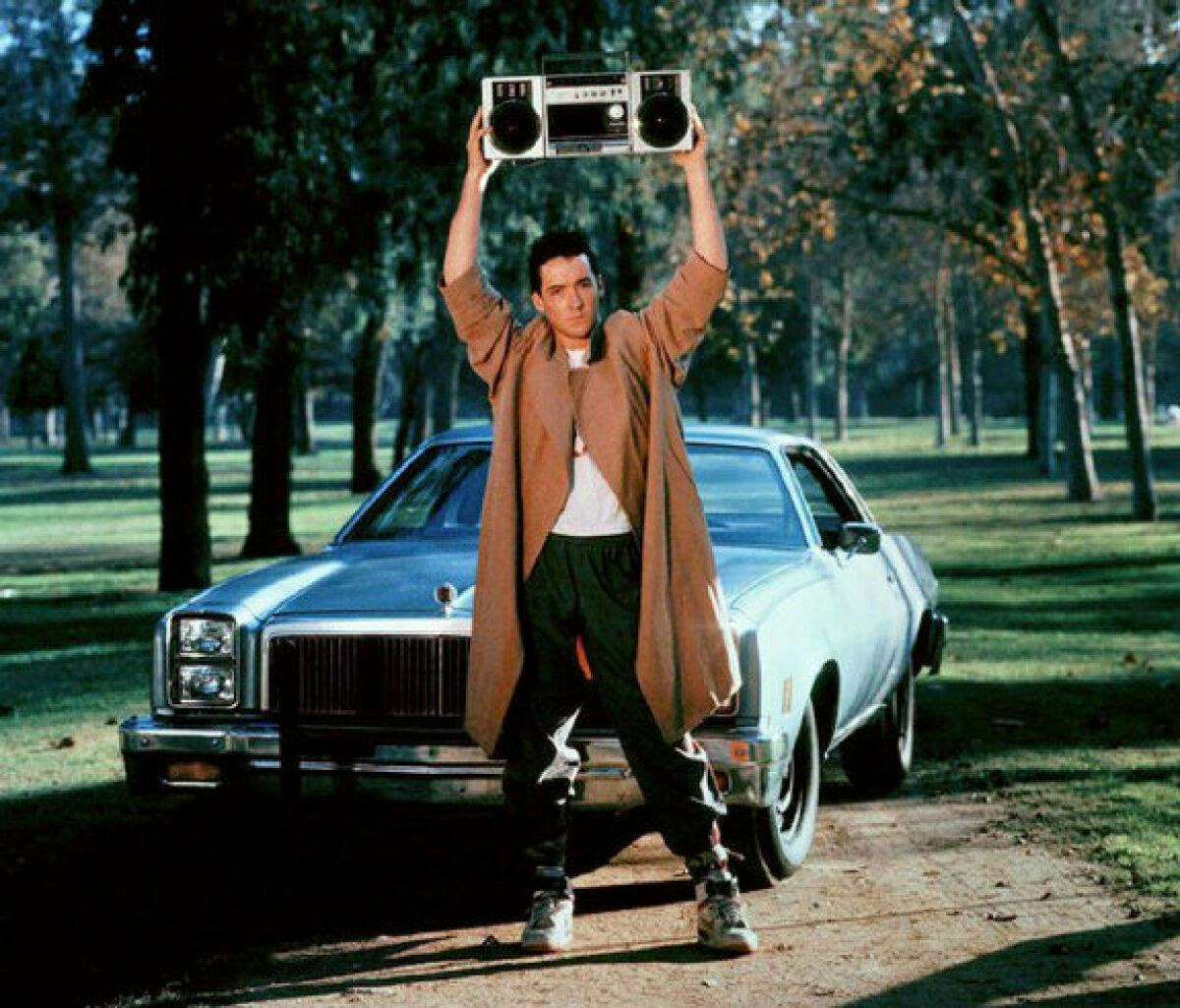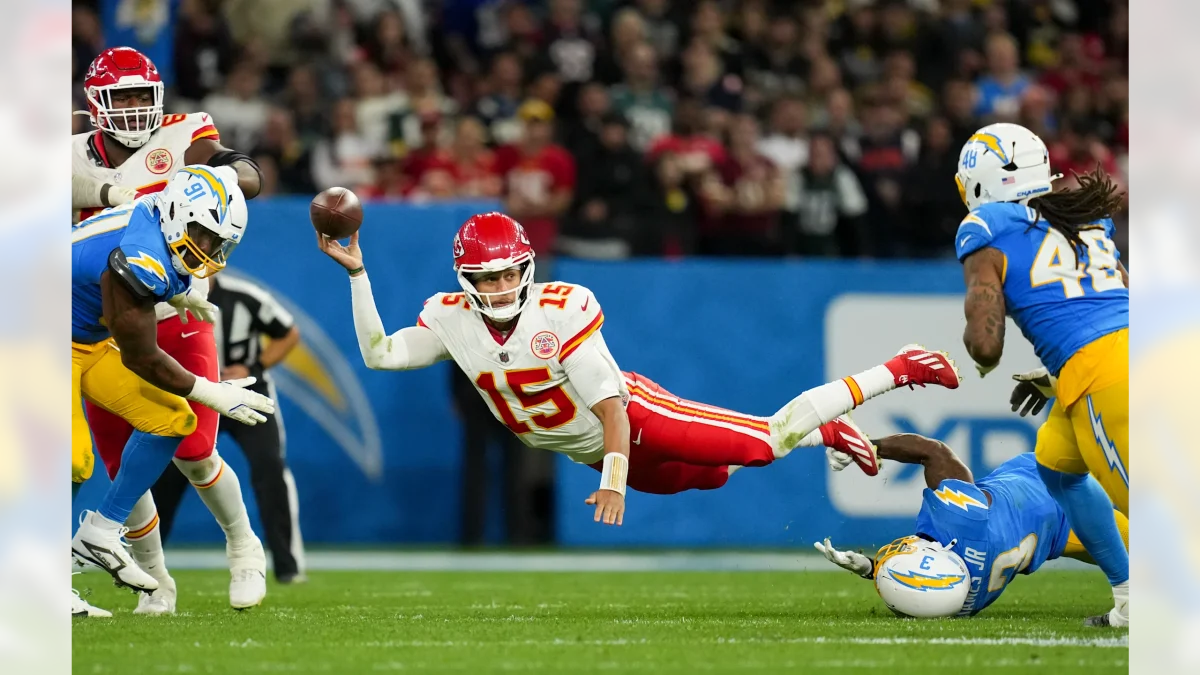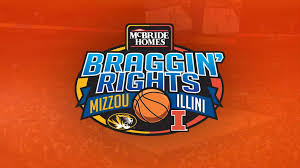Comedy has burrowed its way into almost all art forms because it is extremely useful to relieve tension, gain the favor of the audience, and drive home serious points and observations. Music is no exception. Comedy has been intertwined with music since before people thought to start writing their songs down . . . and probably before that too. Comedic operas have been composed, satirical songs sung at medieval carnivals, and in 1923 Eddie Cantor produced “I’ve Got The Yes! We Have No Bananas Blues,” a pretty hilarious tune.
Though the distinction is not a hard line, it is useful to think about comedy in music as having two aspects: parody and novelty. A parody is the intentional imitation of a certain style with an added comical element. “Weird Al” Yankovic in “Amish Paradise” takes the music and melody from “Gangsta’s Paradise” by Coolio and Kylian Mash and imposes his own hilarious lyrics over the tune. Though parody often means changing the lyrics, shifts in tempo can be applied, silly sound effects generated, or even two songs can be combined together to create parody as well. Novelty music, on the other hand, is original and based on a gimmick or niche piece of humor. A good example of this is “I’m On A Boat” by The Lonely Island and T-Pain. The song is not about a broad, overarching concept like love or revenge . . . it’s about a few guys who are really happy to be on a boat. A novelty song has a point other than just being musical.
When they go to write a song, comedy musicians use a mixture of both parody and novelty. Flight of the Conchords is a TV show about a band of the same name, but Bret McKenzie and Jemaine Clement, the creators and actors, perform live as the band. The songs are goofy, dramatic, and often hilariously bad. They appear in the show under their real names as native New Zealanders, awkward friends, and lazy roommates. They perform under the same personas. Even their personas invent personas as in one episode they become the “Hiphopopotamus” and the “Rhymenoceros” to rap about how tough they are and scare off two robbers. The characters are parodies of a couple friends who don’t know what to do with themselves; parodies of the bored average guy. The songs are novelty tunes based on their lives and the sometimes wacky, sometimes boring-but-still-funny situations they land themselves in.
The use of characters works well in comedy, but “serious” artists are allowed to use personas as well. No one considers David Bowie a comedian, but his work isn’t dissimilar to comedy in this respect. Bowie sings about ridiculous characters and ridiculous situations. “Ziggy Stardust” is a fictional character just like those in Flight of the Conchords. Ziggy is a parody of flamboyant fashion of the 1970’s in the form of an alien rock-star. Bowie sings about Ziggie traveling to earth to deliver a message of the impending apocalypse. This sounds like the plot of a terrible movie that you watch for laughs.
Still, Bowie’s work is by no means considered a “joke” because he has created art. Funny songs, serious songs, serious songs with ridiculous premises . . . it doesn’t matter as long as the audience can dance and think “yeah, this is good!” Imagine pre-stardom David Bowie roaming around in the 60’s, playing folk-rock songs in facepaint. This is far from the image of a pop star. Just years later, though, with “Space Oddity” in 1969, he was famous. Imagine if you were a record producer and Kiss showed up in your studio before they began filling up stadiums. Once people realized that behind the craziness was a total jam, these artists quickly became beloved. For all you know you might now be laughing at some artist who, in fifty years, will be heralded as a generational icon.
They’re goofy, they’re dramatic, but we love these artists because they use comedy in combination with artistic cohesion. They’re not necessarily making fun of something . . . they’re showing, through art, that everyone has a part of them that’s a little ridiculous and sometimes a far-out concept can best illustrate human nature. Artists like Flight of the Conchords whose purpose is to be funny need this relationship to real life as well to glue all the parts of their songs together into art. For a joke to be funny – like really funny – it has to hint at something true. Maybe we all have a Bret and Jemaine inside of us lounging around and talking about things that aren’t important.
Comedy and music work so well together because both are catharsis. Both are a medium for some feeling to play out through the senses. They play off of each other to merge life, emotion, and the ridiculous together into the haphazard blend in which they really exist inside of us.









